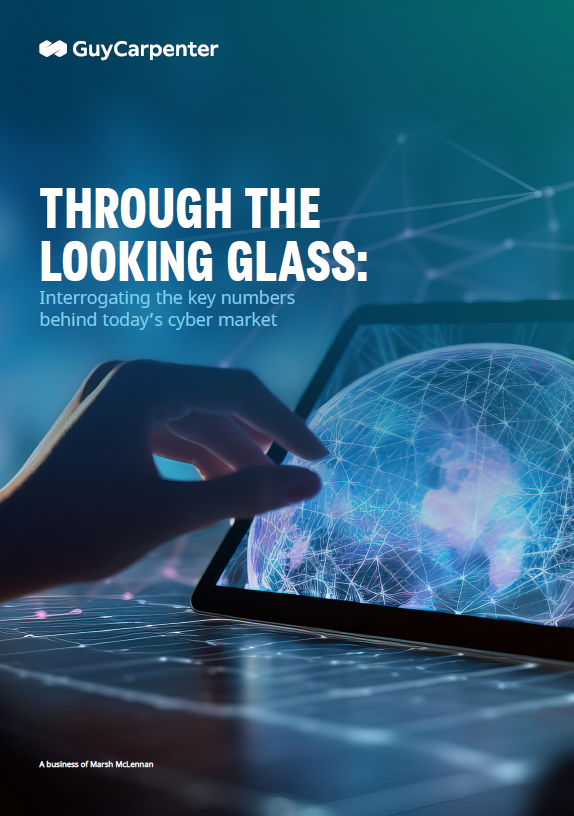Through the Looking Glass
Interrogating the key numbers behind today’s cyber market

In this report, we contextualize and quantify the evolution of the cyber market as a core line of business.
This involves comprehensively assessing the size and shape of the industry, as well as for the first time providing a multi-model vendor view of the potential scale of a global cyber industry loss. As the market marches on, studies like this provide a useful waypoint in the journey from a bolt-on cover to a mainstay of the insurance industry, and make a compelling argument for new reinsurance capacity providers to enter the profitable cyber market.
The footprint of the cyber market looks notably different than the last time we examined the potential impact of catastrophic events in our 2019 industry loss study, Beyond the Clouds. Coverage has expanded, shifted, and been refined with an increasingly broad product selection available. This is reflected in the rapid globalization of the market today where our research suggests the 2022 US-domiciled market comprised USD 9 billion, with the non-US market further contributing USD 5 billion. For reference, the US-only industry premium that we examined in our 2019 report Beyond the Clouds was approximately USD 2.6 billion. This points to rapid growth, however capacity constraints and the lack of penetration of certain markets signal that it is the tip of the iceberg.
Against the backdrop of a changed market, we look to a widened panel of catastrophe models to provide insights and opinions on the potential impact of a systemic event. Here we have examined the quantum of a possible global loss across the prominent cyber platforms today. What we see is a wide range of results for a 50-year event with a 5-fold difference from the smallest result at USD 5 billion to the largest at USD 25 billion. As the horizon broadens to more extreme events, views still differ significantly but the order of relative difference is reduced, with the average 200-year return period event loss at USD 25 billion.
Modeling divides opinion and requires robust scrutiny, a careful contemplation of context and strong feedback loops from the market. We always advocate for a nuanced and proportionate interaction with analytics platforms, collaborating to continually improve the interaction with data and modeling. When we compare these models to their natural catastrophe counterparts, especially for perils that are also infrequent and volatile in nature, there is a similar divergence of model consensus. The insurance industry has proven to be an adept and responsible vehicle for bringing risk and capital together. This precedent provides encouragement that we can navigate these challenges together and attract significant fresh capital to this growing space.
